Rethinking Recruitment: Selecting In vs. Selecting Out for School Leadership Roles
Making decisions regarding the appointment of leaders in schools is a critical task with profound implications. While many decisions turn out to be sound, there are instances where appointing the wrong candidate can have detrimental effects on the school and its community. Wouldn’t it be remarkable to minimise the likelihood of such occurrences?
Imagine having the ability to handpick candidates perfectly suited for leadership roles in schools. Picture a scenario where your shortlist consists only of individuals who are the ideal fit for the specific role, ensuring the best chance of finding the right person at the right time for the right context. This is the essence of selecting in.
- Selecting In: This approach involves actively seeking and identifying candidates who possess the desired qualifications, skills, and attributes for the role. It goes beyond traditional methods by focusing on individuals who align not only with the technical requirements but also with the broader vision and ethos of the site. Selecting in measures candidates against a holistic set of criteria, ensuring a more comprehensive assessment of fit for the role.
- Selecting Out: In contrast, selecting out starts with a broad pool of candidates and then eliminates those who do not meet specific criteria or standards. This method relies solely on traditional recruiting tools and approaches, lacking the depth of insight needed to gauge the candidate’s suitability beyond basic qualifications and experience.
In the context provided, “selecting in” offers a more strategic and proactive approach to candidate selection. By prioritising alignment with the organisation’s values and culture, this method aims to curate a shortlist comprising individuals who are not just qualified but also genuinely compatible with the ethos of the school. This approach significantly enhances the likelihood of identifying the right leader for the job, thus fostering a positive impact on the school and its community.
By embracing the concept of selecting in, schools can revolutionise their recruitment processes and ensure the appointment of leaders who are not only capable but also aligned with the school’s overarching vision and values. It’s time to shift from traditional recruiting methods to a more holistic approach that prioritises fit and compatibility, ultimately driving success and sustainability in school leadership.
For more articles like these, follow us on LinkedIn.

Dr Michael Boots
Executive Education Consultant



